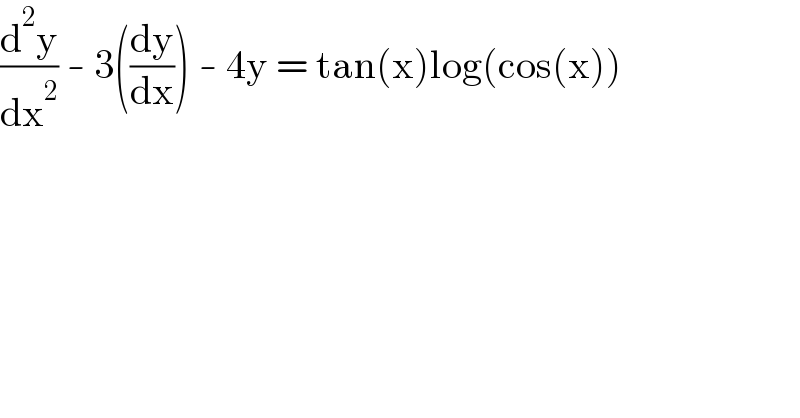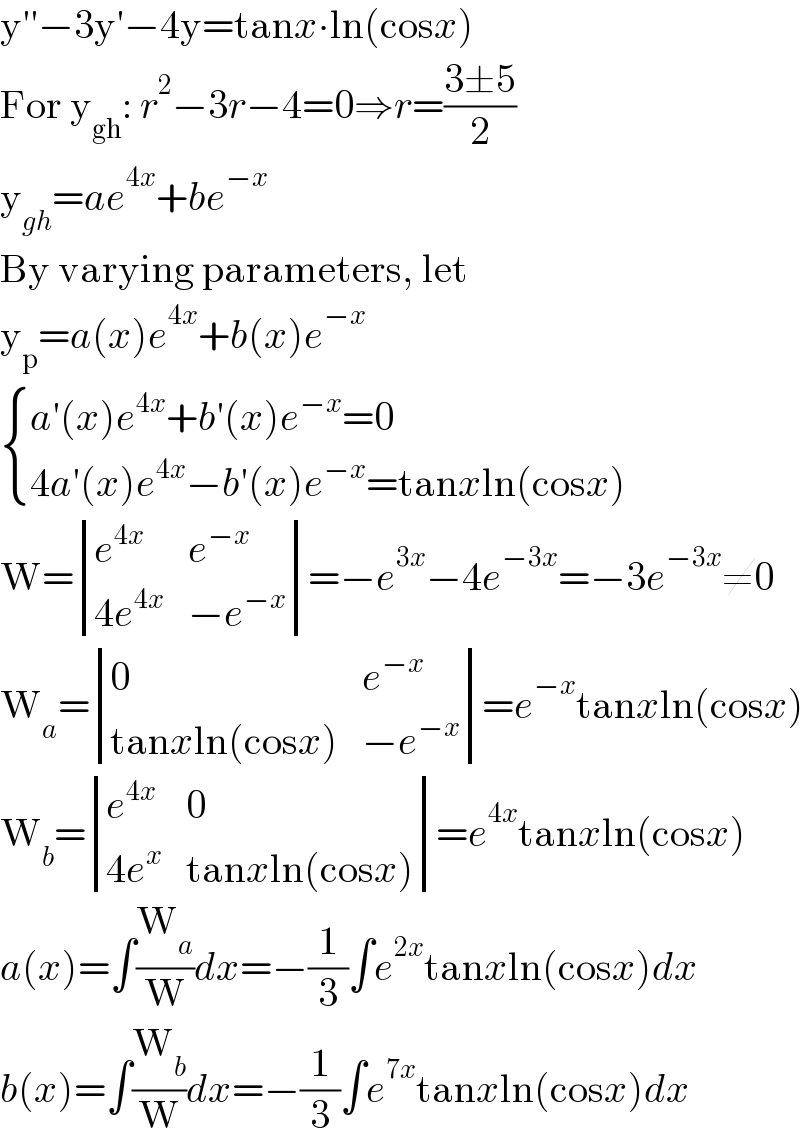
Question and Answers Forum
Question Number 162338 by HongKing last updated on 28/Dec/21

Answered by Ar Brandon last updated on 29/Dec/21

Commented by HongKing last updated on 29/Dec/21

Commented by HongKing last updated on 29/Dec/21

Commented by Ar Brandon last updated on 29/Dec/21

